The Alocasia Cuprea is a well-loved and breathtaking member of the spectacular Jewel Alocasias- a collection of dwarf Alocasias ideal as ornamental plants for table tops and small indoor spaces. The intriguing glossy and thick oval foliage with a copper-metallic sheen of Alocasia Cuprea makes it stand out among other houseplants. The name Cuprea is from Latin, meaning “copper”, because the young leaves shoot out, exhibiting purple leaves with dark green veins and darkening as they mature.
This Alocasia Cuprea, also known as Mirror Plant, is the perfect fit if you are into big glossy prominent leaves! Its round, dark green to crimson leaves has a beautiful metallic sheen, red underside, and dramatic veins. This gorgeous plant can add colours to any place with its radiating charm and allure.
Allied Species: Alocasia Sarian, Alocasia Pink Dragon, Alocasia Lauterbachiana, Alocasia Silver Dragon, Alocasia Stingray, Alocasia Regal Shields, Alocasia Nebula, Alocasia Maharani, Alocasia Jacklyn , Alocasia Portora, Alocasia Cucullata,
Related Products
Products | Name | Check Price |
Organic Perlite for Plants | ||
WONDER SOIL Organic | ||
Orchid Potting Bark Mulch |
Habitat & Ecology
The Alocasia Cuprea hails from southeast Asia, Borneo‘s warm and humid region but is rare in cultivation. Because of its splendid foliage, the most popular names for Alocasia Cuprea are Jewel Alocasia, Metallic Alocasia, Red Secret, and Mirror Plant.
| Botanical Name: | Alocasia Cuprea |
| Family Name: | Araceae |
| Common names: | Jewel Alocasia, Metallic Alocasia, Red Secret, and Mirror Plant |
| Origin | Southeast Asia Borneo |
| Plant type: | Perennial |
| Humidity: | 60%-80%. |
| Temperature: | 18-25ºC (64-77ºF) |
| Light Need | Bright Indirect light |
| Soil | Well-draining, airy soil |
| Water | Water when the top 40% of soil is dry. |
How to care for Alocasia Cuprea?
Alocasia Cuprea plant has its own uniqueness and is quite rare. We present you with the best tips and tricks for the healthy growth of this exquisite beauty. Read below to find out more about how you can grow the stunning Alocasia Cuprea at home efficiently with less effort.

How to take initial care of Red Secret Alocasia at home?
The first thing you should do while bringing Red Secret Alocasia home is to check it for any form of insects or fungi. Please quarantine the plant if there are any signs of pests to prevent harm to your other plants from these dangerous pests. With a cotton swab, get rid of these pests and give your Alocasia a good watering.
Please select the location that will provide the most indirect light possible. One part peat, and one part perlite should be added to the existing soil. Your plant will eventually grow fast thanks to the assistance of this mixture in maintaining soil moisture.

Growth and Size
The Alocasia Cuprea is a great choice for a houseplant due to its small size. It has a height of around a foot and can have even larger leaves.
The plant thrives in a humid climate, making it an excellent choice as a tropical plant. Although it is slightly more moisture sensitive than other Alocasia kinds, other than that, it doesn’t require any different maintenance.
Dormancy:
A warm, humid, and moist atmosphere is ideal for flourishing Alocasia plants. The winter environment gets chilly and dry, which is not good for plant growth. In cold weather, they enter a state of self-preservation by going dormant when confronted with such circumstances.
They might lose leaves during this time and look sickly and dwarfed. Do not worry; as soon as the winter ends, they recover to their initial condition.

How frequently should I water Alocasia Cuprea?
Alocasia Cupreas can be a little challenging to water. Overwatering is highly intolerable to their delicate roots. Roots soaked in water will rot soon. It needs to be watered deeply when it is thirsty and dry. Contrarily, the Alocasia Cuprea cannot grow properly when you are not giving it enough water that it needs.
We recommend you use your finger to check the soil moisture before watering. Please water your plant if the top 2 inches of soil are entirely dry. Hold off watering for one or two days until the topsoil is dry, even if it is only a little moist. We recommend using a moisture meter or moisture sensor to make sure if the soil is dry to prevent overwatering.
Signs of both excessive and insufficient watering:
The most prominent sign of over-watering is the lower leaves look yellow and wilted. You need to stop watering the plant and let the soil dry enough to water again. Similarly, if its leaves get pale with time and suffer from limited growth, it means you are not giving this beautiful plant sufficient water.
As soon as you notice these signs, change your watering habit; otherwise, the situation can worsen in a few days.

Light Need
Every plant on earth needs a specific amount of sunlight for growth; Alocasia Cuprea is no exception. It needs indirect light to grow healthier. Alocasia Cuprea is highly sensitive to direct sunlight, so don’t forget this jewel in direct sunlight. This plant’s magnificent leaves are susceptible to yellowing from prolonged exposure to sunlight. The leaves may wither and will.
Moreover, this specie of Alocasia will lose its chlorophyll in the absence of light. Its leaves will start losing their green colour. Your plant may die because of it. So, we recommend you place your plant in an east or north-facing window to receive plenty of indirect sunlight. Additionally, you may use artificial light or fluorescent bulbs to provide the ideal amount of light.

Humidity and Temperature Requirements:
Alocasia Cuprea loves humidity. It thrives in a humid environment, as it is a tropical plant. This Jewel Alocasia’s ideal humidity is between 80-90%. It would be somehow difficult to maintain this humidity indoors; however, using a humidifier for your plant will be the best option. Otherwise, you can place this plant in the kitchen or near the kitchen, as there is more humidity in the kitchen. If you don’t want to use a humidifier or do not want to place it in the kitchen, then there are other things you can do to maintain this humidity range.
Please set your plant on top of a watered pebble tray to establish a microclimate around your Alocasia. You can also scatter water dishes and jars among your plants.
As for temperature, Alocasia Cuprea grows perfectly at a temperature between 50F to 85F. This can be maintained indoors, but it would not be easy to maintain this temperature outdoors. So, it would be best to place Alocasia indoors, especially in winter. Please do not wait for frosts or cold to move your plant indoors. We suggest you move it in the fall to prevent harm from cold.

Soil Requirements:
Alocasia Cuprea loves moist soil but is sensitive to overwatering, which can cause a root rot disease. Therefore, you shall maintain a well-draining soil for your Alocasia Cuprea. The simplest method to obtain these two qualities is to combine peat moss with Perlite.
Perlite and Coco coir are further options. Together, they maintain soil moisture and nutrients for as long as is necessary for a plant to absorb them. Perlite, meanwhile, promotes a quicker release of excess moisture, keeping the soil from becoming wet.
You can also mix the following ingredients to prepare a well draining chunky potting mix for your Alocasias.
- One part is Potting soil.
- And one part peat moss or Coco coir.
- One-part Perlite or pumice.
- Add some Horticultural charcoal.

Repotting:
Alocasia Cuprea is a small-sized plant and has a slow growth, so repotting it is not much of an issue. It doesn’t need repotting more frequently; you need to repot it for two to three years. Alocasia Cuprea needs repotting only when it becomes rootbound or when the roots start to come out of the holes of pots. As the soil loses its nutrients with time, you can repot it to a newer pot if you want to change the soil.
The best time for repotting Alocasia Cuprea is the spring season, as in the spring season, plants are growing.
Steps to repot Alocasia Cuprea:

Propagation of Alocasia Cuprea:
Propagation is the method of the multiplication of plants. This can be done by different methods such as division, cutting, layering, crafting, etc. The technique you should use depends on the specie of plant and the required goals such as disease resistance, increased crop production, etc.
The most successful method for the propagation of Alocasia Cuprea is through root division which can be done in the soil as well as water.
Propagation through Roots Division:
The right time to do the division propagation is the spring or early summer season, so keep this in mind. When this plant matures, it creates baby offsets that should be separated from the parent plant to propagate properly.
Propagating root cutting in water:
Carefully remove the Alocasia Cuprea from its pot and gently shake them to make the roots more flexible. If roots are still overlapping, use isopropyl-sterilized pruning shears to loosen up the roots. Remove the excess soil from the roots. Take a transparent container, and fill it with 75% of tap water. If you doubt this tap water contains chlorine, then allow the tap water to sit for a day.
Put the roots of your plants in this transparent container and set the bowl on the east or north-facing window. Keep replacing the water with fresh water every other week. When you notice that the roots are expanding, prepare a pot with a suitable potting mixture and shift the plant to the new pot, but don’t yet fill it with soil.

Fertilizer
Some people debate about the amount of fertilizers this plant needs. However, we suggest feeding the plant according to its needs. Alocasia Cuprea is not a heavy feeder, but it needs more food during the growing season as it will boost its growth.
For all Alocasias, it is ideal to use the balanced houseplant fertilizer in diluted form; the same is true with Alocasia Cuprea. Use it once a month first, then analyze your plant’s health. Increase the frequency to twice a month if necessary. This plant does not need fertilizers in the winter, so stop feeding it in the fall.

Maintenance:
Adequate sunlight, sufficient watering, high humidity, well-draining soil, and diluted fertilizers are the basic needs and tips for Alocasia Cuprea. These fundamental recommendations should help your Red Secret plant flourish. Change each element one at a time if your plant seems to be having trouble so you can determine which thing is affecting its health.
Alocasia Cuprea is a little plant that reaches a height of one to two feet. Most of its height is made up of its massive leaves. Additionally, it does not grow uncontrollably or spread outward. As a result, pruning is a comparatively minor maintenance task.
However, removing any leaves that were wilting, damaged, discoloured, or old would be preferable. This will help keep your plant healthy. You can leave your plant alone except for that.

Toxicity
According to the ASPCA report, Alocasia Cuprea, like its family members, is toxic for humans and animals when ingested. The plant’s toxicity is due to the presence of calcium oxalate in its parts.
Symptoms of ingestion include stomach discomfort, nausea, and vomiting. While contact, this plant’s sap can irritate. So, gloves should be used when propagating, repotting, or pruning. Stay safe and avoid ingestion.

Pests and Diseases:
Unfortunately, houseplant pests might attack your Alocasia Cuprea. You must pay close attention to aphids, mealybugs, and spider mites. If you don’t water your plant properly, diseases brought on by overwatering may also cause problems. Spider mites are the most prevalent of the three on Alocasias.
Neem oil or an insecticidal soap spray might be used as a cure. Any area of the plant that is above the soil is susceptible to assault by mealybugs. Because of their capacity for rapid multiplication, these pests can do a great deal of harm. The female mealybug can produce up to 300 eggs in its lifespan.
On the other hand, aphids like sucking the Alocasia Cuprea leaves sap. These insects only reach a height of about 1/4 inch. However, if there is an infestation, aphids can destroy your plant. Aphids are most active in the spring when their reproduction cycle goes into overdrive.
Leaf spot disease:
Diseases that cause leaf spots harm plants by preventing photosynthesis. Spots might be black, brown, tan, or yellow and have an erratic appearance. Fortunately, the disease only initially touches a small area of the leaves, giving you time to stop it from spreading.
To avoid infection:
- Keep your plant separate from other plants.
- Trim off any damaged leaves and dispose of them gently once more.
- Use 70% isopropyl to sanitize your garden shears properly.
Root Rot:
Overwatering or a soil mixture that retains too much water causes root rot. In both scenarios, water molecules in the soil displace air molecules, making it impossible for roots to breathe. Overwatering negates all your efforts to find a chunky blend. Roots gradually become suffocated, brown, black, and mushy. They could also have an unpleasant odour.
Make sure your potting mix is permeable to avoid this. The soil’s air is increased by amendments like orchid bark, perlite, and charcoal. Only water when the soil has dried out. Water in the mornings; since evaporation happens throughout the day, this lowers the chance of water accumulation in the pot.
Rust Disease:
Rust disease is a fungal disease that affects plants and is spread by spores. The leaves of Alocasia Cuprea will look “rusty” when they are diseased. The rust lesions on your Alocasia Cuprea develop in a fungal cycle and begin as orange or yellow patches on leaf surfaces.
Later, the spots began appearing on the leaves undersides in the late spring. If the rust illness is serious, you must treat it with a fungicide. Also available are bio-fungicides. To prevent further damage to your plant, test the treatment first.
Common Problems:
Other than the diseases mentioned earlier and pests, this metallic plant suffers from other common issues like grey mold, southern blight, powdery mildew, etc. To avoid these issues, keep an eye on your metallic plant to figure it out as soon as possible. Otherwise, these diseases can kill this plant in a matter of days before you even realize what happened to your jewel plant.
Besides this, you must provide this plant with the optimal amount of sunlight, humidity, temperature, soil, and, most important, water.
Frequently Asked Questions
Q. Is it possible to grow additional leaves on Alocasia Cuprea?
Yes, it is possible to grow additional leaves on Alocasia Cuprea. Sunlight is necessary for Alocasia Cuprea to flourish well. Please find the best position for your plant to get consistent access to indirect sunlight, which will help increase the foliage size for larger leaves.
Q. Why are my Alocasia Cuprea’s leaves burning?
There are several reasons why they might be burning, but the two most common ones are light and fertilizers. The leaves of your plant may become scorched if it is exposed to direct sunlight. You’re using too powerful of a fertilizer, which is the second common cause. Instead, try diluting your fertilizers and see if it helps.
Q. What makes the plant Alocasia Cuprea poisonous?
Because they contain a lot of calcium crystals, alocasia Cuprea plants are poisonous. Drooling, vomiting, and trouble swallowing are symptoms of ingestion. If you’re careless, the crystals may potentially irritate your skin.
Q. Is it hard to care for Metallic Alocasia?
Yes, it is somehow difficult to take care of metallic Alocasia. But it is not impossible for a beginner. You need to know when and how much water this plant needs, how much fertilizer and sunlight are ideal for Cuprea, and a few other things like sunlight, soil, humidity, and temperature. Once you figure it out, you will no longer have difficulty growing this plant. Just pay attention to its leaves and roots. You are good to go.
Q. How fast can Alocasia Cuprea grow?
Alocasia Cuprea usually grows slower as compared to other Alocasias. You cannot grow any Alocasia with cutting, so we don’t recommend getting its cutting from your friends. Division and other propagation methods are used to grow this plant properly.
Alocasia Red Secret can take up to two years to grow to reach full maturity. So, you need to be patient and not panic about why your red secret is not fully mature.
Final Words
A lovely variant of Jewel Alocasias is the Alocasia Cuprea. It might need a little extra care and attention, but it will repay you with beautiful copper leaves. If you are a beginner, do not hesitate to bring this mirror plant to your home; keep the above tips in mind.
I hope this article will help you to grow this plant. Please leave any further questions you may have about how to care for your Alocasia Cuprea in the comments section below, and we’ll do our best to respond.
Happy Plant Parenting!!
Related Posts
Calathea Musaica | Network Calathea Care Guide
Calathea Musaica is also famous as famous as Network Calathea due to its characteristic mosaic pattern like a complex network on its foliage.
Calathea Fusion White Care Guide
Calathea Fusion White is a gorgeous but difficult plant with white color fusing with green on glossy leaves and purple color undersides.
Calathea Louisae Maui Queen Care Guide
Calathea Louisae also known as Calathea Maui Queen require little care to be an adoring, colorful plant boasting exotic beautiful foliage.
Calathea Zebrina | Calathea Zebra Plant Care Guide
Calathea Zebrina, the Zebra plant is a plant with dark green velvety leaves and lime green stripes giving it a pattern look of Zebra.
Rattlesnake Plant | Calathea Lancifolia Care Guide
Calathea Lancifolia gets the nickname of Rattlesnake plant due to the markings on the leaves that resemble rattle snakeskin patterns.


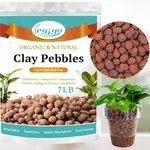
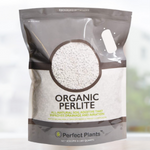

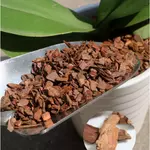

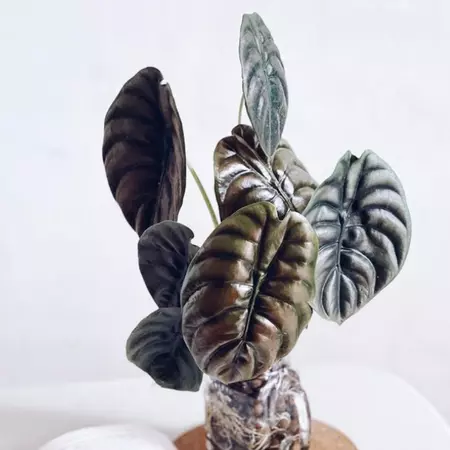



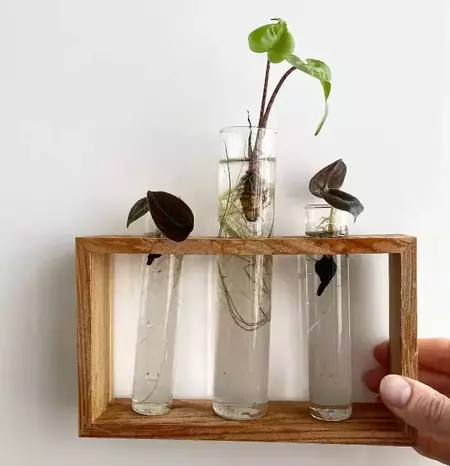


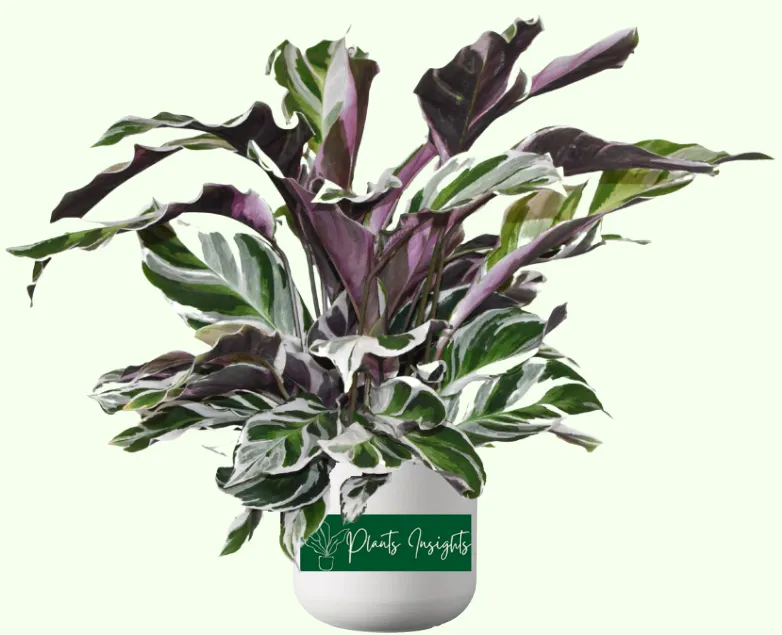
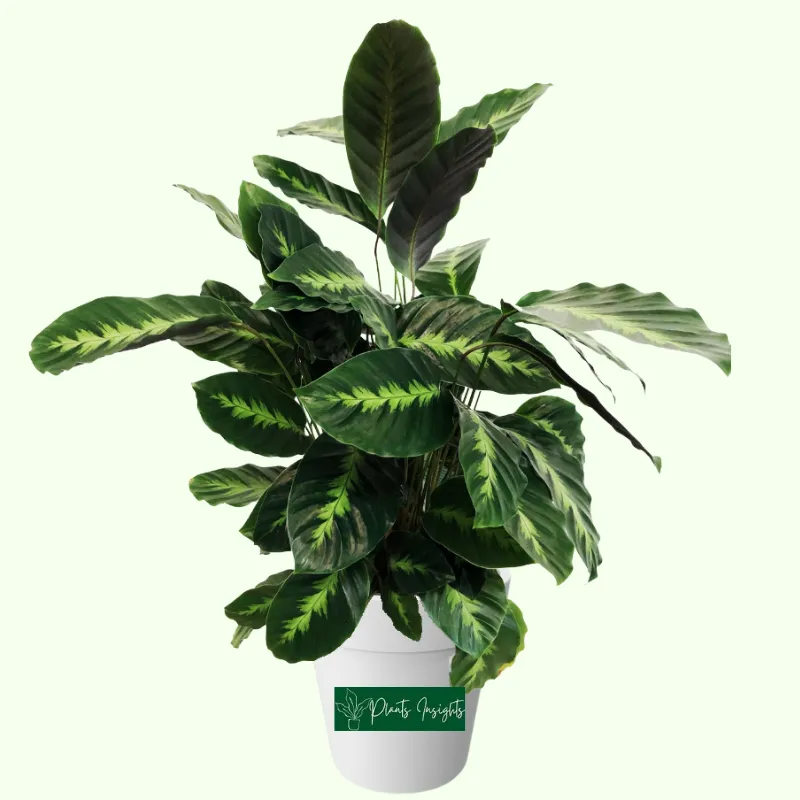
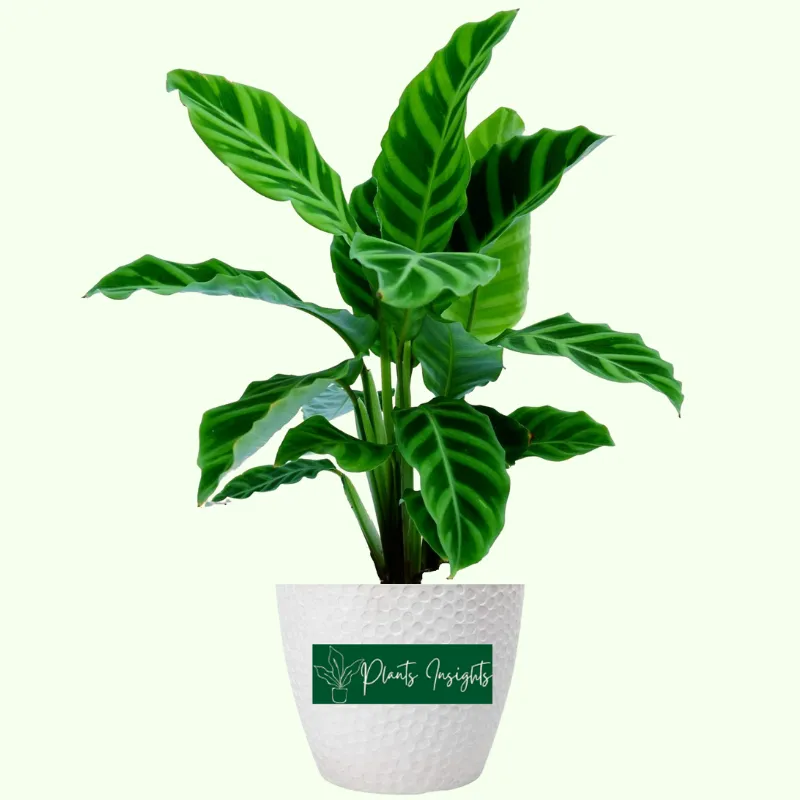

I’m impressed, I have to say. Actually rarely do I encounter a blog that’s each educative and entertaining, and let me tell you, you have hit the nail on the head. Your concept is outstanding; the problem is one thing that not sufficient individuals are speaking intelligently about. I’m very comfortable that I stumbled throughout this in my seek for something regarding this.
Thanks a lot for appreciation. Our readership satisfaction is all we care about.